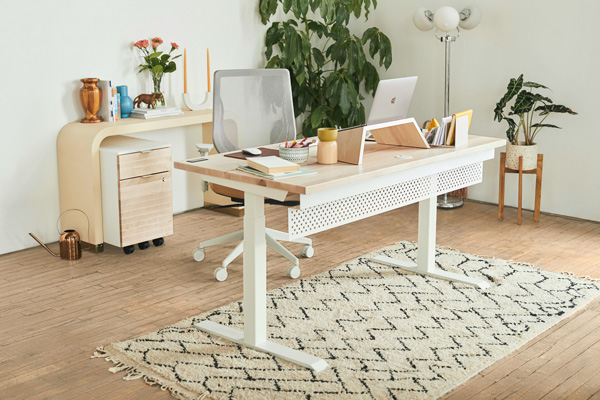The spaces we live and work in have a profound impact on our well-being, mood and productivity. While many people focus on aesthetics, the way a space is arranged, lit and furnished can significantly affect mental clarity, stress levels and overall happiness. Understanding the effects of space design allows you to create environments that support your personal and professional growth.
Mood and emotions
The design of a space can instantly influence your emotions. Colors, lighting and even the arrangement of furniture can create feelings of calmness, excitement or stress. For example, soft and warm colors like beige and pastels promote relaxation, while bold colors like red and orange can increase energy levels. Natural light enhances mood and reduces stress, while dim or artificial lighting can cause fatigue and irritability.
Productivity and focus
The way a space is designed can either boost or hinder productivity. A cluttered and disorganized workspace can lead to distractions and stress, making it difficult to concentrate; a clean and well-organized environment fosters focus and efficiency. Proper ergonomics, such as comfortable seating and well-placed furniture, also improve productivity by reducing physical discomfort and enhancing workflow.
Health and well-being
Poor space design can negatively impact physical and mental health. Insufficient ventilation, lack of natural light and cramped spaces can lead to fatigue, headaches and even anxiety. Incorporating elements like greenery, open spaces and proper air circulation can improve overall well-being.
Social interactions and relationships
The design of a space also affects how people interact with one another. Thoughtful space design fosters stronger connections and a more positive social environment. In homes, an open floor plan encourages family members to engage and communicate, whereas isolated rooms create a sense of separation. In offices, collaborative spaces promote teamwork and idea-sharing, while poorly designed layouts can discourage communication and teamwork.
Sleep and relaxation
Your bedroom design plays a crucial role in the quality of your sleep. A clutter-free, soothing space with calming colors and minimal distractions promotes better sleep and relaxation. Factors such as lighting, a comfortable temperature, blackout curtains, noise levels and mattress quality affect restfulness.
Space design is more than just decoration—it directly impacts your mood, health, productivity and relationships. By intentionally designing spaces that align with your needs and well-being, you can create an environment that enhances both personal and professional aspects of your life.
To learn more, listen to PowerUp Talks Ep. 73 with Camille M. Colón Conde – Cómo crear espacios que potencien tu vida.



